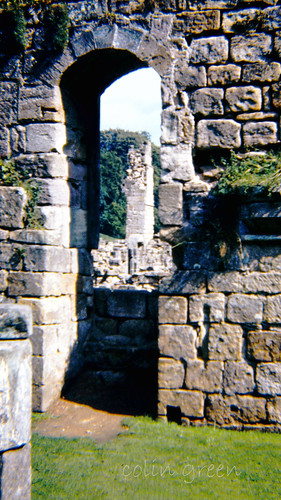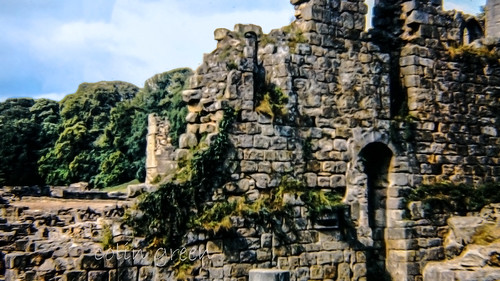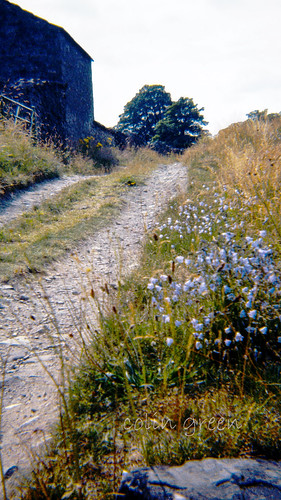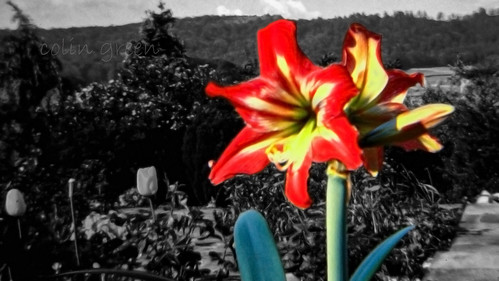Ardrossan, a charming coastal town in Ayrshire, Scotland, boasts not one but two delightful beaches. Today's pictures were taken on Boydston Beach or North Shore.
Ardrossan North Beach stretchers out in a welcoming curve of golden sand, perfect for picnics, sandcastle building, and leisurely strolls. Feel the sand between your toes as you wander along the shoreline, letting the sound of the waves lull you into a relaxed state. For the more adventurous, the beach offers opportunities for paddling, swimming, and rock pooling in the cool waters of the Firth of Clyde. Remember to check the tides and weather conditions before heading into the water.
The true magic of Ardrossan North Beach unfolds when you turn your gaze outward. The beach offers stunning views across the Firth of Clyde, the majestic Isle of Arran, its peak visible on the horizon, and Horse Island, a nearby bird-watching sanctuary with its iconic 19th-century tower. On clear days, you might even catch a glimpse of the rolling hills of the Scottish Mainland to the north.
The beach is close to the town centre, allowing visitors to seek out the Victorian Promenade, and check out the town's rich maritime history by visiting the harbour. There are also a number of places to seek out refreshments nearby.
Ardrossan North Beach is a fantastic starting point for exploring the wider Ayrshire coast. Consider hopping on a ferry to the Isle of Arran for a day trip filled with natural beauty and historical intrigue.
For a dose of culture, head to the nearby town of Saltcoats and explore its art galleries and museums.
The pictures were taken with a Samsung Galaxy Tablet on the 28th November 2013. Clicking any of the images should open a link in another window to my Colin Green Photography store on Zazzle.





















































